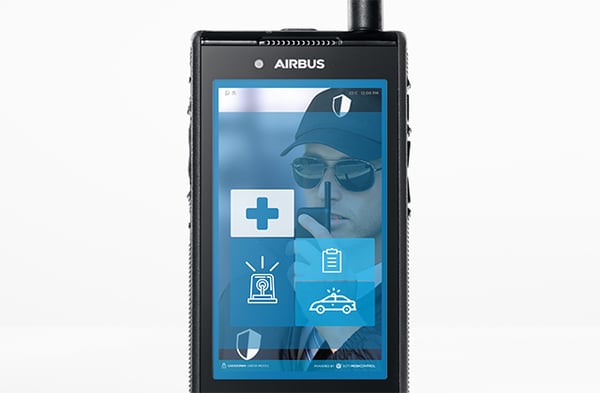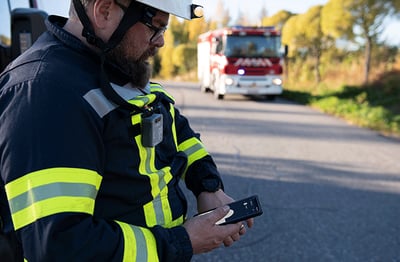Welcome to the first in a series of blog posts on how to bring smart and hybrid devices into professional use. We will cover many topics, from tools to processes to features, offering help to organizations tackling this type of transition. A hybrid device is one that takes advantage of a PMR technology such as TETRA, Tetrapol or DMR and complements that with broadband.
Today’s question is: How can we manage smart and hybrid devices, as well as the apps that bring them to life?
Let’s say your organization has decided to adopt smartphones and/or hybrid devices with apps for professional use.
That seems straightforward. However, you need to be prepared, particularly about managing hybrid devices. Without apps your highly capable PMR/broadband device may end up being not much more useful than a voice phone. That would be costly and fail to achieve the many benefits of adopting hybrid devices.

Devices selected. Now what?
Let’s assume you have fully considered your users’ needs and purchased devices that meet them. What’s more, those devices are also rugged and their IP rating suits the working environment. You have also agreed prices and subscribed to voice and data plans with a mobile operator. And lastly, the professional apps for users have been identified, tested and approved.
Yet, that’s not all. You also need the right tools to configure and manage the devices and apps, both before your people start using them, and when they are in regular service too.
In other words, you need an Enterprise Mobility Management (EMM) solution to help you tackle four vital issues - integration, security, management and optimization.

Integration. Integrating applications across systems is essential, for example, getting the ticketing system to work on tablets as well as in smartphones.
Security. One of the most important precautions that IT organizations can take is to ensure that devices comply with security requirements. Examples of security policies that companies might have in place include disabled features, automatic lock screen, password policy, white-listed Wi-Fi networks and VPN settings. With the right EMM solution, IT can prevent compromised or non-compliant devices from accessing corporate resources until the issue is resolved. Preventing a device becoming compromised is critical to keep enterprise data protected and available all the time, as devices not complying with security policy are highly vulnerable to attack.
One important security measure is to prevent content being shared from managed apps (i.e. company apps) to unmanaged apps (i.e. personal apps). This is vital if personal apps and professional apps are allowed in the same device.
Management. A proper EMM solution offers remote control. This allows an administrator with the appropriate rights to troubleshoot a device and make the required configuration changes. These changes can also be performed en masse for many devices.
Optimization. It is sometimes best for a user interface (UI) in the device to be as simple as possible, so features in EMM systems allow tailoring of the devices’ screens. White- or black-listing apps is sometimes also an effective way to keep employees focused on the task in hand, as well as being a way to secure the device.

Simply put, a proper EMM solution will help your organization define smart answers for the following questions:
- How can I configure devices easily?
- How do I get apps onto the devices?
- How can I secure my devices?
- How can I support end users?
For more about EMM solutions and related issues, download the white paper ‘How to manage smartphone risks for professional users’ -
When you have mission-critical broadband and can adopt smart devices for your critical operations, it is important to learn “The first things you need to know when your organization wants to adopt mission-critical smartphones and apps”.
Editor's note --
This blog post was first published in April 2019 and it has since been updated with links to relevant information that was published later.





